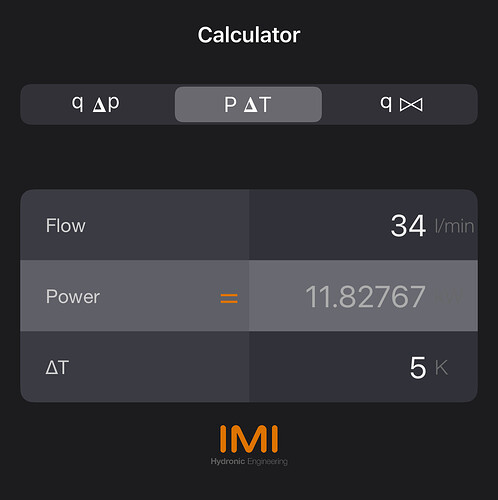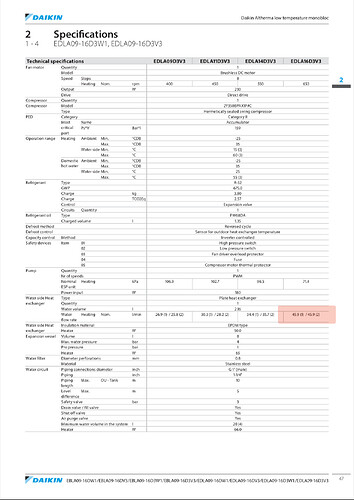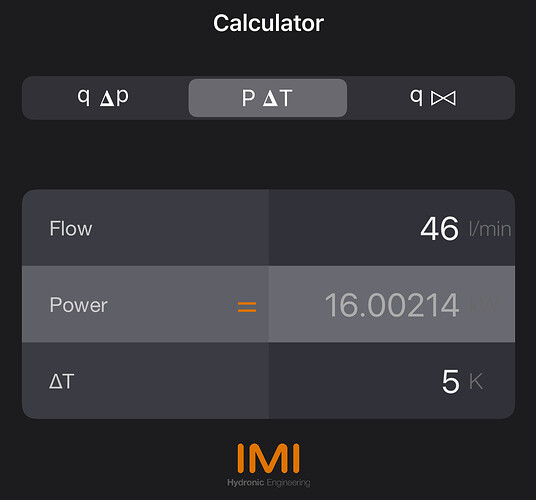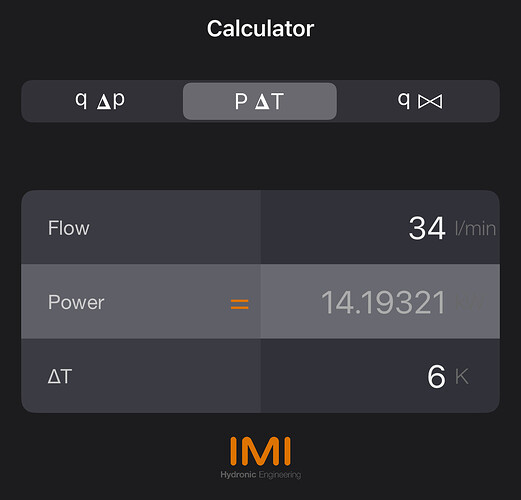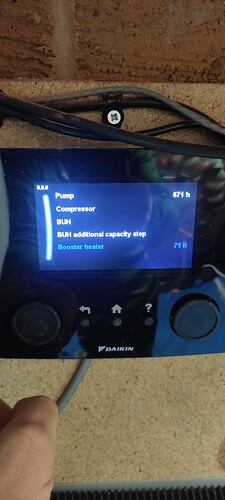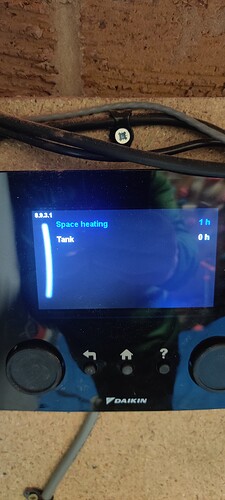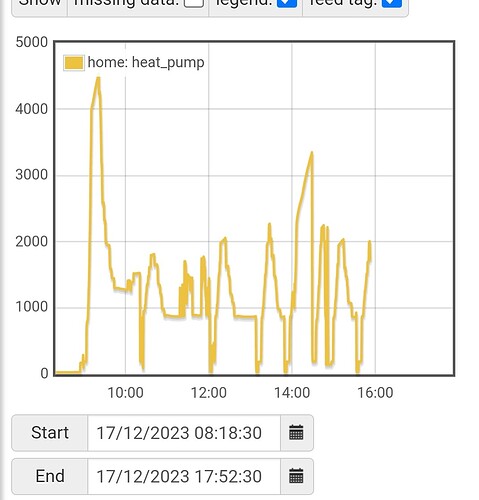Without knowing your specific setup, it might be worth considering you need to balance the UFH (the cold rooms?) against the radiators (the warmer rooms?) - maybe too much flow to the radiator circuit, starving the UFH? Just speculation, and it may not be that as all.
Was there this issue previously when you presumably had a boiler?
You could try restricting flow to the radiators (balance them against the UFH circuit)as they may have a lower pressure loss than the UFH.
34l/m seems border line for 11kW heat loss at dT5, but should be “ok”:
In fact the data sheet for the EDLA16 model specifically, states that it expects the max flow rate needed for max output to be:
~46l/m
See here the data sheet below for your model and the expectation flow rate:
Your pressure loss is indicated by the flow rate you’re getting at max pump speed/power in below image, and is much higher than shown on the data sheet on image above.
At dT5 with a flow rate of 46l/m the unit can potentially provide 16kW heat output (other constraints and factors may impact this however)
This indicates (from the information you’ve provided) that your pipework probably can’t cope with a dT of 5 (for what the model you have expects) as you’re saying a max of 34l/m is being achieved (presumably at max pump speed/power). You may need to increase dT to 6/7 to get the heat power required.
You can see going to dT6 with a flow rate of 34l/m increases available power output (at the expense of a higher flow temperature = lower efficiency).
That said, in another thread, I discussed finding Octopus  don’t power flush systems as part of the work, and my filter (x2) were badly clogged. My flow rate went from 22l/m to 34l/m when both cleaned out. Something to consider checking/assessing.
don’t power flush systems as part of the work, and my filter (x2) were badly clogged. My flow rate went from 22l/m to 34l/m when both cleaned out. Something to consider checking/assessing.
On a separate note: given your model indicates the presence of a BUH, do check if the BUH (backup heater for space heating) is kicking in and being used more that you think.
It has a CoP of 1.0, and IMO is very unlikely needed so can be safely disabled in the Daikin settings and the breaker flipped to the off position. (Both these point are reversible to be clear).
Do you have your data into EmonCMS (or better still published on heatpumpmonitor.org)?
Hope the above helps.
